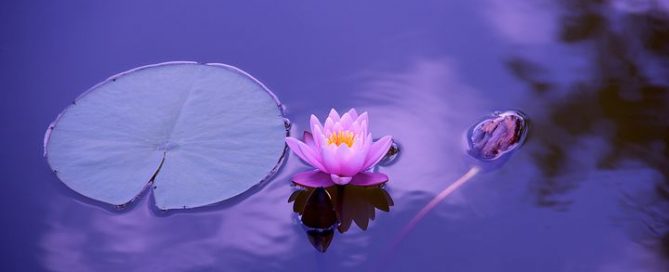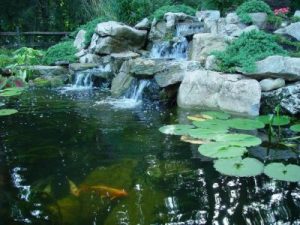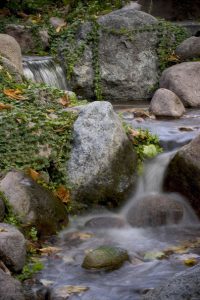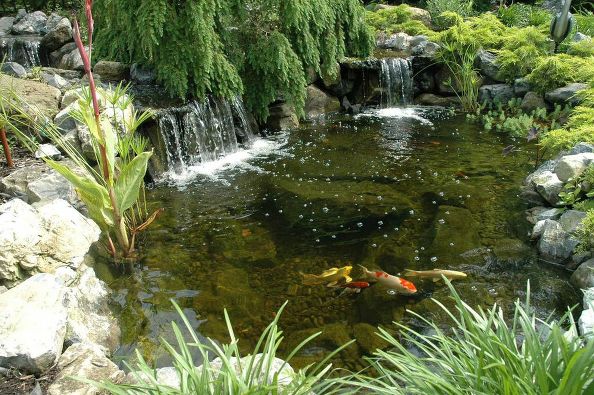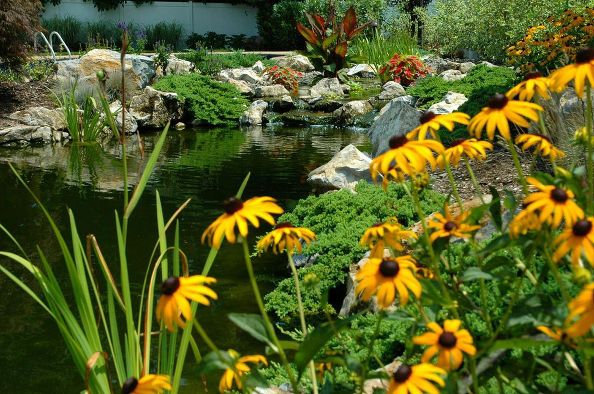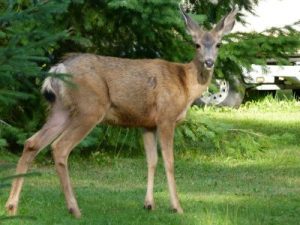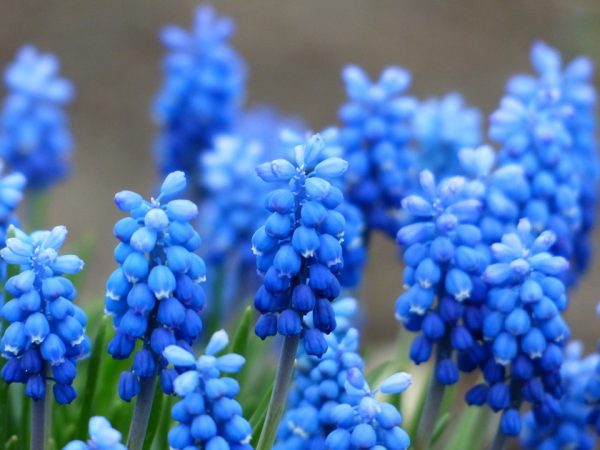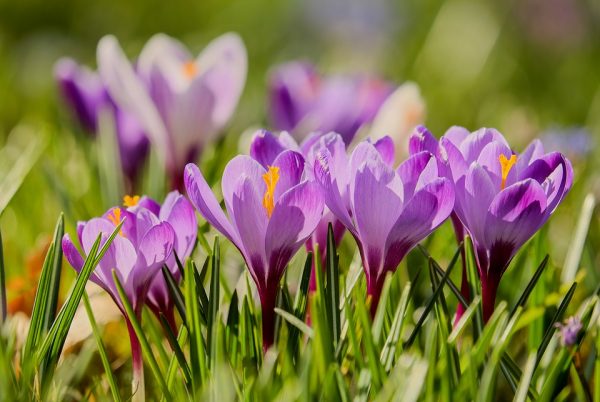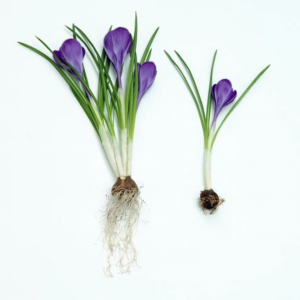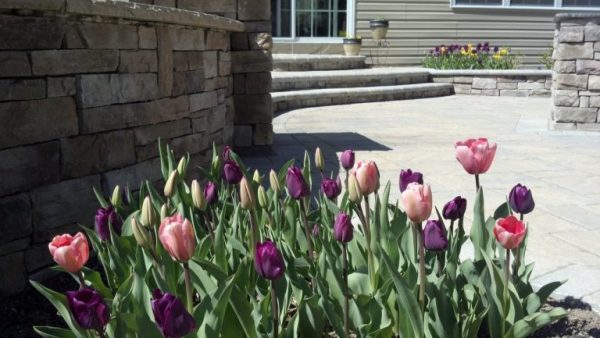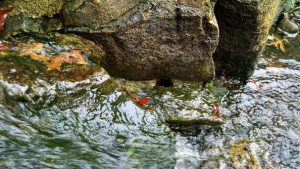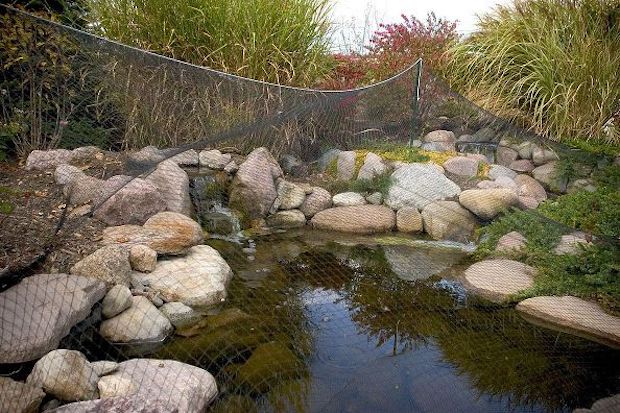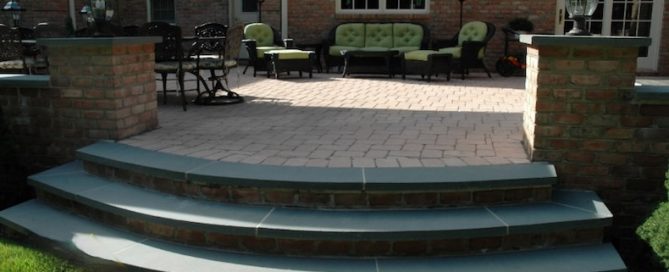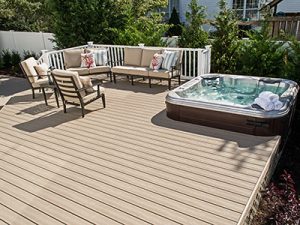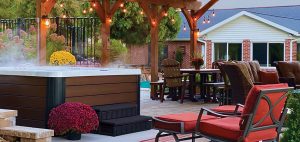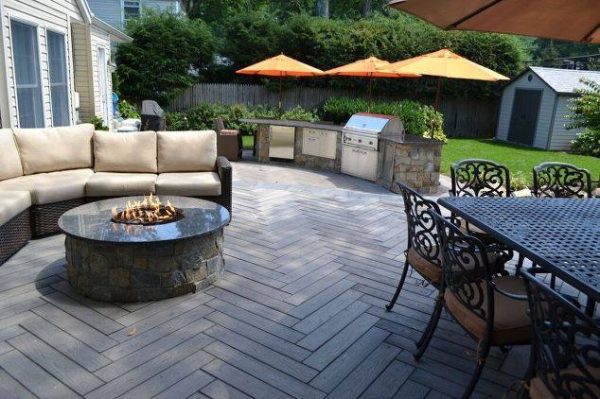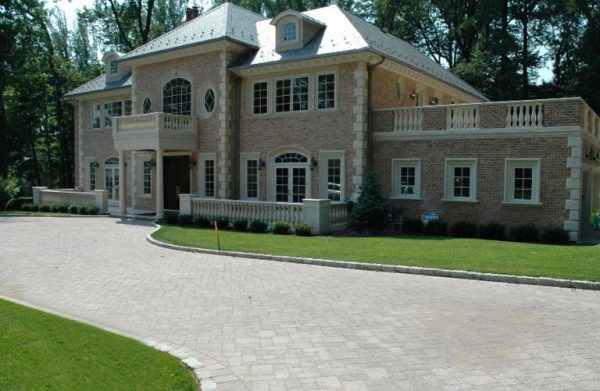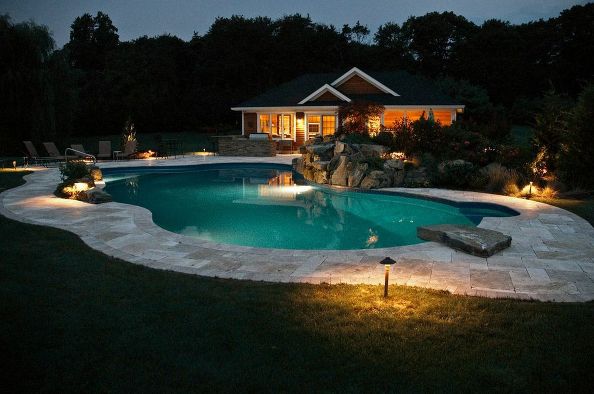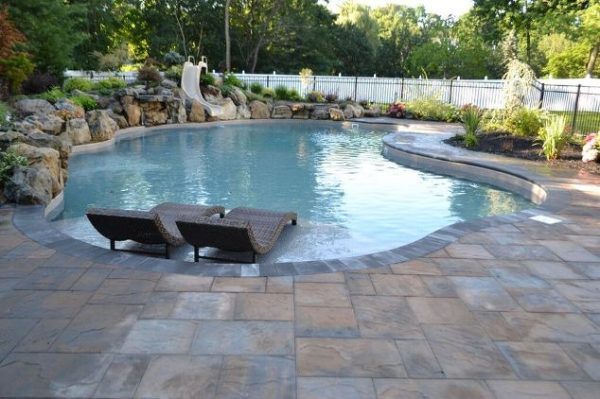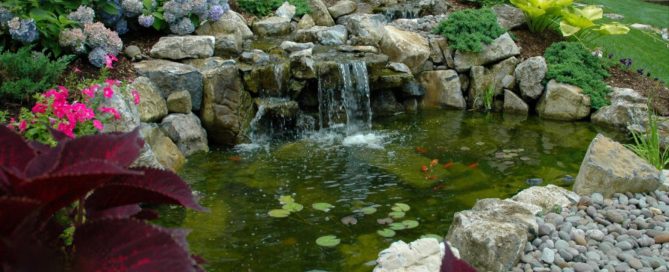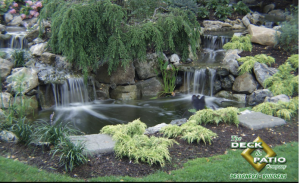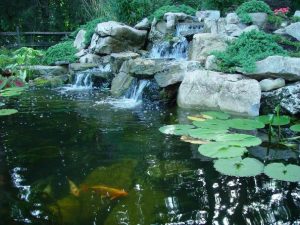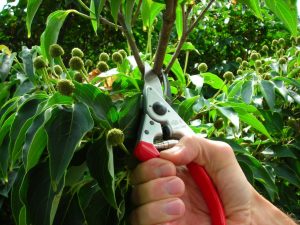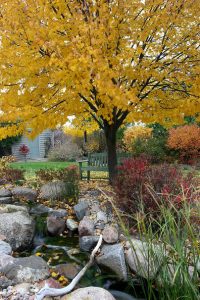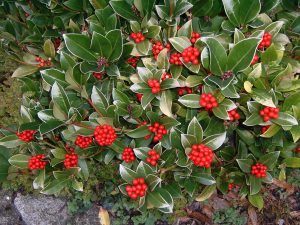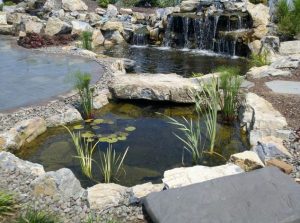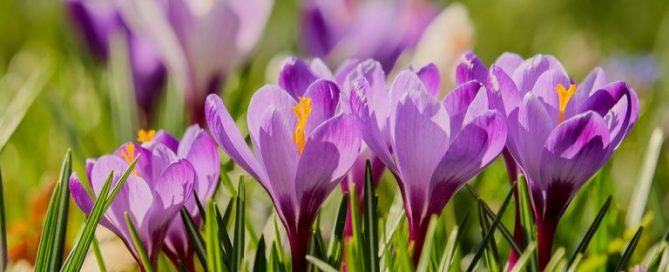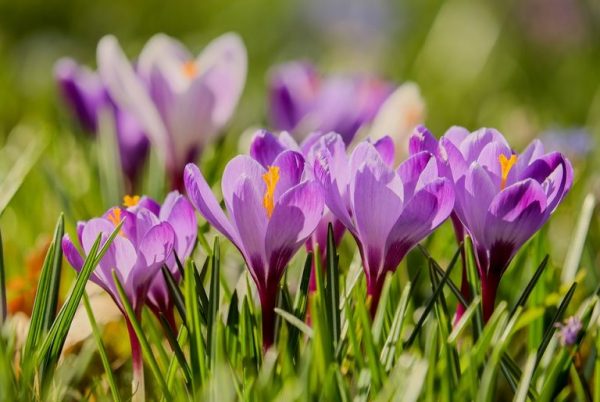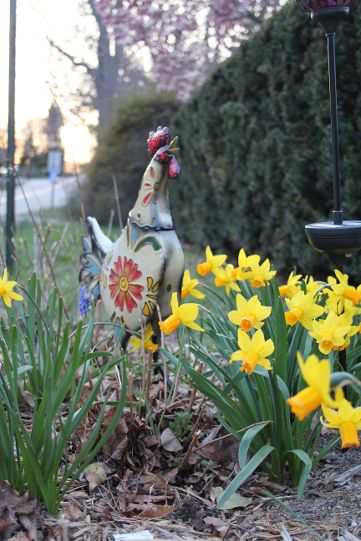Pond Maintenance Tips for Fall
Our blog a few weeks ago reminded pond lovers to net their pond before the leaves fall. And after you’ve captured them by the net, you can simply pull it out and once again enjoy your pond unobstructed.
But what’s required once the leaves have fallen?
Aquatic Plants Maintenance
“After all the leaves have fallen, this is the right time to trim back and remove any dead foliage from aquatic plants,” says Deck and Patio’s Dave Stockwell. “This helps remove excessive organic material that would otherwise decompose in your water feature. Such decaying material can cause excess gasses and undesirable algae.”
Pond lilies, like you see in this Deck and Patio pond photo, are idyllic water plants for a variety of reasons. But they tend to need a little maintenance in fall. It’s a good idea to cut them back to just about the base of the plant; also trim back any marginal plants that might eventually droop over into the water.
Chemical Pond Treatments
Even with great care, you’ll find that some leaves/debris make it into your pond. Dave Kelly of Aquasacpe Inc. recommends adding a cold water bacteria treatment, which has concentrated strains of beneficial bacteria that works well below 50 degrees (F).
Kelly recommends adding it routinely to help maintain water clarity and quality. (Photo: Aquascape Inc.)
Caring for Pond Fish
You can — and should — plump up your koi darlings to survive winter hibernation. As temperatures start to drop, gradually increase how much you feed them. When your pond’s water gets below 59 degrees, we recommend using fish food made for cold water.
Note: As the temperature continues to drop, gradually reduce the amount you feed them. Once water temperatures go below 55 degrees, says Kelly, the metabolisms of pond fish slow way down.
And when pond water gets down to 50 degrees, do not feed the fish any more. Their systems shut down in the colder water, and food sits inside them and rots. They get very sick and diseased from this.
There is nothing cuter than your koi coming to you for more food. However, once the water gets to 50 degrees, experts say stop feeding them entirely
Once Spring arrives, and your pond and fish are healthy and thriving, you’ll be glad you took such good care of your pond in the Fall.
There! That’s not so bad, is it. Just remember: a little fall maintenance makes all the difference.

